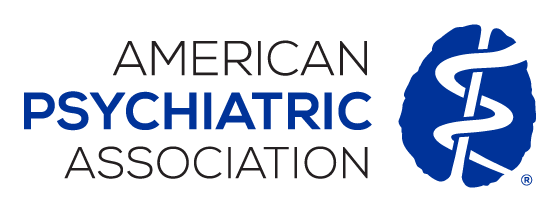 |
A meta-analysis published in the March issue of Psychiatry Research suggests that the risks of switching into mania during light therapy are quite low—roughly the same risk of switching among patients with bipolar disorder taking placebo medications in clinical studies.
Francesco Benedetti, M.D., of the Scientific Institute Ospedale San Raffaele in Milano, Italy, analyzed data from 41 studies evaluating the effects of light therapy on patients with bipolar depression. Of the 799 patients included in these studies, only 7 (0.9%) switched into mania and 11 (1.4%) switched into hypomania. Three of the patients who switched into mania had rapid-cycling bipolar disorder, which the authors noted is a risk factor for switching.
Further analysis of the data showed that the risk of switching was independent of the treatment design (for example, light intensity or time of day of treatment). However, the rate of switching varied based on how the investigators screened for mania symptoms. Among studies that used a mental state examination to assess mania, the identified switching incidence was 0.8%, while in studies that used clinical rating scales, the incidence was 3%.
Benedetti noted that the 3% risk of a patient switching into mania following light therapy is still a lower risk than most other treatment options. Current estimates suggest mania emerges in about 4% of bipolar patients taking a placebo medication, 6% to 8% of unipolar depression patients taking antidepressants, and 15% to 40% of bipolar depression patients taking antidepressants.
Benedetti cautioned that since the 41 studies included in the meta-analysis were quite different in their protocols, more well-designed trials are required to investigate the optimal intensity and frequency of light therapy for bipolar depression. “Overall, these observations do not justify specific safety concerns for the risk of manic switches when using this treatment option in patients with bipolar depression,” he concluded.
To read more about this topic, see the Psychiatric News article “Adjunctive Light Therapy Found Effective for Bipolar Depression.”
(Image: iStock/Rocky89)






